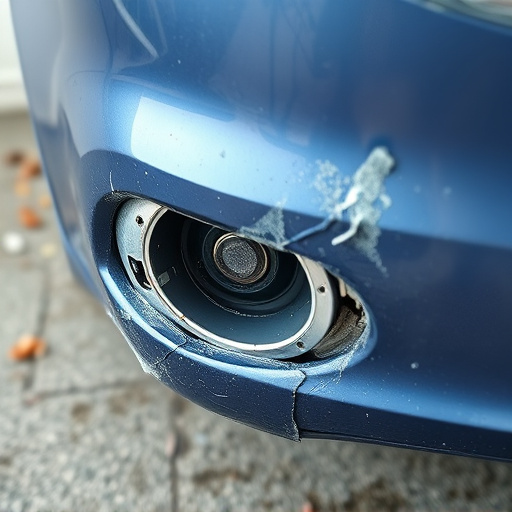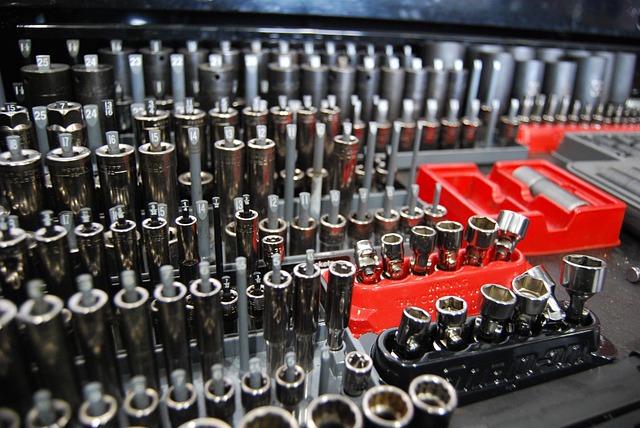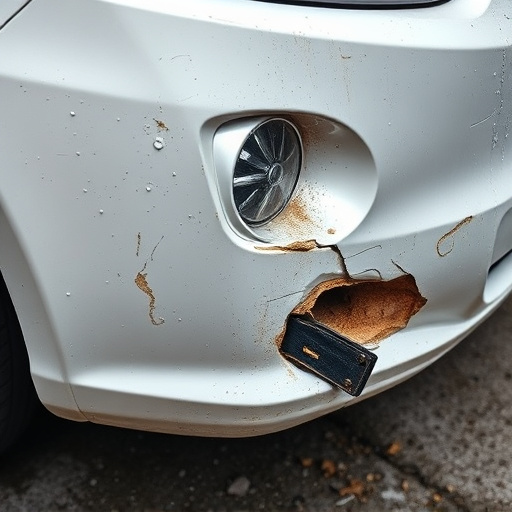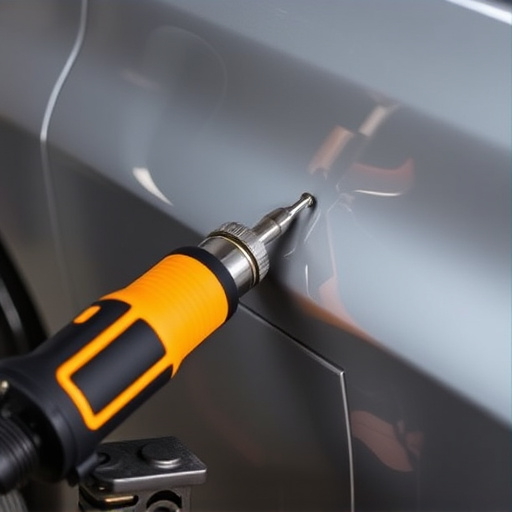The slow claim approval process presents significant challenges for insurance companies, impacting efficiency and customer satisfaction in a fast-paced world. Delays in processing claims, such as for auto repairs, frustrate policyholders and can lead to increased churn and negative reviews. Streamlining the claim approval timeline is crucial for businesses, especially those managing intricate processes like Mercedes Benz repairs. By digitizing processes with online platforms and automating claim routing, organizations can optimize handling procedures, reducing delays and enhancing customer satisfaction. An optimized timeline benefits both businesses and customers through shorter wait times, increased operational efficiency, cost savings, and improved resource allocation, fostering trust and loyalty.
In today’s fast-paced business environment, a streamlined claim approval process is no longer just a best practice—it’s a competitive advantage. Delve into the profound benefits of optimizing your claim approval timeline, as this crucial aspect of risk management directly impacts operational efficiency and financial health. Understanding the impact of slow processing times, exploring strategies for enhancement, and recognizing the positive outcomes can transform your organization’s resilience to market volatility.
- Understanding the Impact of a Slow Claim Approval Process
- Streamlining for Efficiency: Strategies and Tools to Implement
- The Positive Outcomes of an Optimized Claim Approval Timeline
Understanding the Impact of a Slow Claim Approval Process

A slow claim approval process can significantly impact an insurance company’s overall efficiency and customer satisfaction. In today’s fast-paced world, where customers expect quick resolutions, delays in processing claims can lead to a decline in trust and loyalty. The claim approval timeline is a critical factor that influences how clients perceive the reliability and responsiveness of an insurer. When there are lengthy delays, it not only frustrates policyholders but also increases operational costs for the company, often needlessly.
For instance, consider common scenarios like auto dent repair or auto glass repair services. Customers who have experienced these types of incidents may require prompt reimbursement to arrange necessary repairs, ensuring their safety and peace of mind. A lengthy claim approval timeline can disrupt this process, potentially leading to increased customer churn and negative reviews, especially when compared to competitors offering smoother, faster services.
Streamlining for Efficiency: Strategies and Tools to Implement

Streamlining the claim approval timeline is a strategic move that significantly enhances operational efficiency, especially for businesses managing complex processes like Mercedes Benz repair or providing comprehensive body shop services. By implementing targeted strategies and utilizing advanced tools, organizations can optimize their claim handling procedures. One effective approach is to digitize the entire process, replacing manual forms with online platforms. This transition allows for real-time data access, enabling faster decision-making. For instance, an online system could enable insurance adjusters to swiftly assess damage in car paint services claims, reducing the time spent on paperwork and physical inspections.
Additionally, automation plays a pivotal role in streamlining. Automated systems can automatically route claims to the relevant teams, trigger reminders for pending actions, and even initiate initial approvals based on predefined rules. This reduces delays caused by manual task management, especially when dealing with high-volume claims. Integrating these tools into existing workflows not only improves the claim approval timeline but also boosts customer satisfaction by ensuring faster resolutions, whether it’s for a Mercedes Benz repair or specialized body shop services.
The Positive Outcomes of an Optimized Claim Approval Timeline

An optimized claim approval timeline brings about several positive outcomes for businesses and customers alike. Firstly, it leads to reduced customer wait times, enhancing satisfaction levels significantly. In an era where quick service is a key differentiator, this can be a powerful competitive advantage, especially in sectors like car paint services and tire services where time-sensitive repairs are the norm.
Secondly, streamlining the timeline improves operational efficiency, allowing businesses to process more claims in less time. This increase in throughput can translate into cost savings and better resource allocation, particularly for specialized services such as car scratch repair. Moreover, an efficient claim approval process fosters trust and loyalty among customers, ensuring they choose your business again when they require services like tire services or car paint services in the future.
By streamlining the claim approval timeline, organizations can significantly enhance operational efficiency. Implementing strategic strategies and leveraging advanced tools not only accelerates the process but also improves employee satisfaction and customer retention. The positive outcomes, including reduced costs, increased transparency, and faster resolution times, underscore the importance of optimizing this critical business function. Embracing these changes ensures a more responsive and effective claims management system, ultimately benefiting both the organization and its stakeholders.














